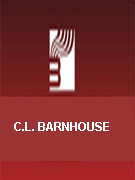Results
-
 £59.40
£59.40Horizons (Concert Band - Score and Parts)
This tuneful and solidly scored march provides many opportunities for the band to explore various musical contrasts. Bright and energetic.
Estimated dispatch 7-14 working days
-
 £49.50
£49.50Kaboom!
"Kaboom!" is an aggressive work for young band that is sure to capture the incredible energy and passion of young musicians. It begins with an explosion of sound and power. The tension then subsides before building to a thunderous climax of driving rhythms and contemporary, fresh sounding harmonies. Memorable melodic themes, stark musical contrasts and the dark, foreboding middle section will make this work a favorite for concert and festival use. This is the type of piece your students will love to rehearse, and it's sure to be the hit of any concert!
Estimated dispatch 7-14 working days
-
 £44.55
£44.55Mission To Mars (Concert Band - Score and Parts)
Here's an overture that your young players will thoroughly enjoy! A tuneful, lyrical middle section contrasts with the rhythmic opening and powerful concluding statements. Perfect for concert or festival use.
Estimated dispatch 7-14 working days
-
 £43.56
£43.56Navarro (Concert Band - Score and Parts)
Inspired by the rich history and musical heritage of the "Lone Star" state, "Navarro" is concert/festival work that will takes your beginning band to a new level of performance. Using driving rhythmic figures, varied percussion effects, flowing melodic lines and dynamic contrasts, the opportunities to teach and connect with your students are endless. This is an exceptional work that will make your beginning band sound well beyond their years!
Estimated dispatch 7-14 working days
-
 £73.26
£73.26Night Ride Through Metropolis
Fasten your seatbelts and hang on; you are about to go on the most exciting "Night Ride" of your life! Rhythmic and full of energy, this piece has a fresh and innovative sound. The stark musical contrasts and the dark, foreboding middle section will make this work a favorite for concert and festival use. Solid scoring will help ensure success with smaller ensembles. Lots of interesting percussion parts add to the effect. Your audience will be reaching for the grab handles!
Estimated dispatch 7-14 working days
-
 £59.40
£59.40Northridge
A brilliant contemporary composition combining both rhythmic drive and melodic flow. The slower middle section contrasts two outer fast sections with a lyric melody alternating between choirs of instruments. A sure contest winner!
Estimated dispatch 7-14 working days
-
 £49.50
£49.50Oakdale Variations
A exceptionally nice composition for developing bands that utilizes a set of variations based on an eight bar melodic motive. All sections get chances to shine and the contrasts between the individual variations give the piece a distinct sound which is both appealing and educational. An impressive composition for this grade level that is a superlative choice for any concert or contest performance. Very highly recommended!
Estimated dispatch 7-14 working days
-
 £74.99
£74.99Pre-Pop Wind Band Set (Score & Parts)
Pre-Pop is has is a five-movement work composed for beginner bands and can be played with a minimum of four players (+ percussion). It is of course also suitable for a full beginner band. The five contrasting movements are titled: March of the Planets, Lonely Stranger, Pagode, Lost in the World and Hot Pepper Boogie. Your players are certain to enjoy playing this work of great contrasts.
Estimated dispatch 7-14 working days
-
 £34.65
£34.65Rattle Snakes (Concert Band - Score and Parts)
Deceptively easy and a great teaching piece, this Andy Clark original contrasts a bold and spirited beginning with a beautiful slower section.
Estimated dispatch 7-14 working days
-
 £41.58
£41.58Robin Hood and the Golden Arrow (Concert Band - Score and Parts)
The legend of Robin Hood has stirred the imaginations of countless millions over the generations. "Robin Hood and the Golden Arrow" by Robert W. Smith brings the legend to life for the beginning band. Using only six notes, the composition evokes exciting imagery through the use of soaring melody, energetic accompaniment figures and dynamic contrasts. The percussion section explores a variety of colors creating a musically rewarding experience for all. Suitable for concert and festival performance, this is beginning band writing at its finest!
Estimated dispatch 7-14 working days
